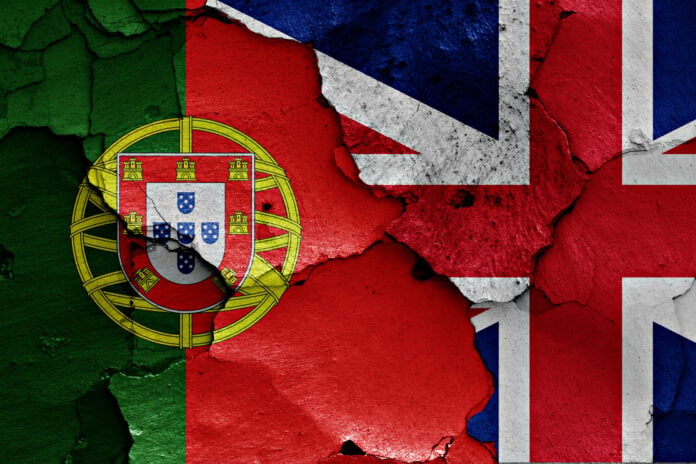The relationship between Portugal and the United Kingdom is forged in iron and sea, shaped by the salt of Atlantic storms and treaties carved in ink and blood. This is a story that goes back almost a millennium, through wars, trade, betrayals, and unlikely alliances – a story of two peoples, separated by an ocean, but linked by pacts that have survived the erosions of time.
The Beginning of an Unlikely Alliance
The year was 1373. Portugal and England signed a treaty that would change the fate of both nations forever. The Treaty of Luso-British Alliance is the oldest diplomatic pact in the world still in force. In a fragmented Europe, where alliances were born and died with the same speed as the winds, Portugal and England chose a different path. They decided to remain side by side.
This friendship was tested countless times. During the Portuguese dynastic crisis of 1383-1385, England sent archers to assist King João I in the Battle of Aljubarrota, where Portugal consolidated its independence from Castile. England didn’t offer this help out of pure benevolence – there was a strategic calculation. A strong Portugal meant a reliable ally on the Iberian flank, a counterweight to the Spanish threat.
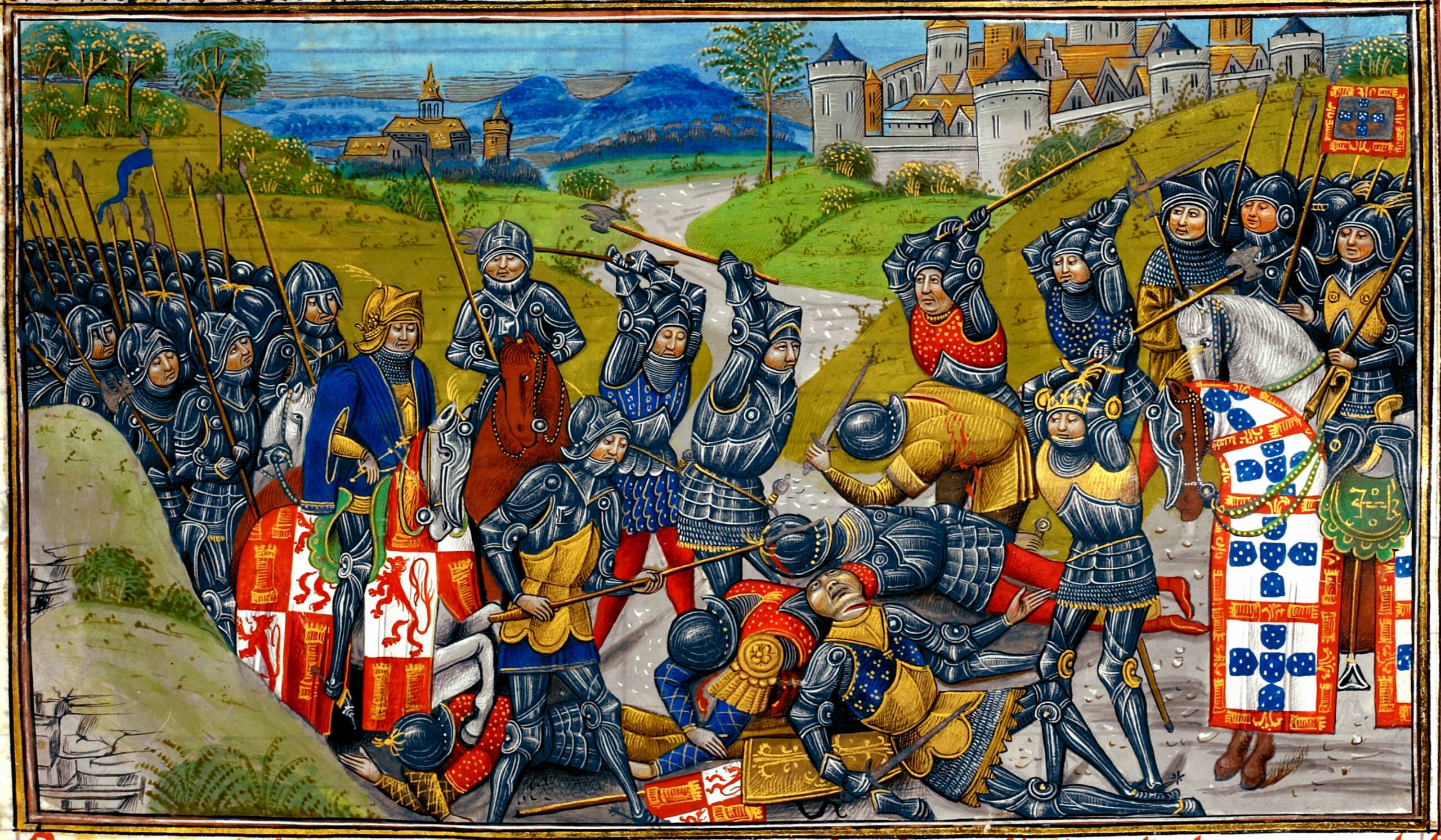
The Winds of the Atlantic
The sea has always been the place where Portugal and England met and clashed. During the Age of Discovery, the English watched with fascination and envy as the Portuguese crossed oceans and built empires. The Treaty of Windsor, signed in 1386, further solidified the relationship between the two kingdoms and guaranteed English merchants privileges in Portuguese lands.
But it wasn’t always a friendly relationship. English pirates attacked Portuguese ships in the Atlantic, and when the throne of Portugal fell to Philip II of Spain in 1580, the English did not hesitate to plunder the Portuguese colonies. The Anglo-Spanish War saw British privateers, such as Francis Drake, attacking Portuguese vessels that had previously been protected by treaty.
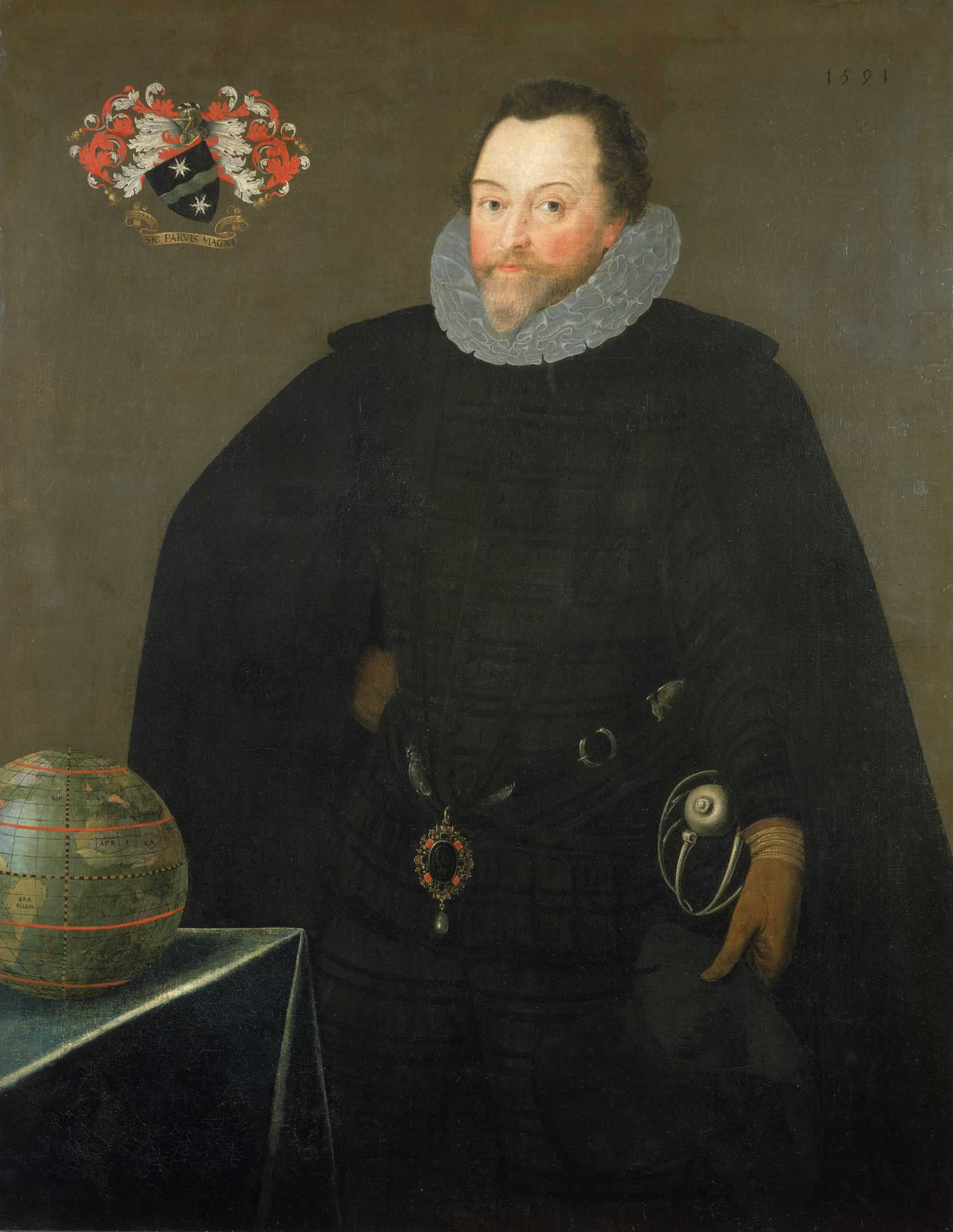
The Restoration and Reaffirmation of the Covenant
Portugal regained its independence in 1640, after sixty years under Spanish rule. The new king, João IV, sought to secure English support to consolidate his position. And so, in 1654, Portugal granted British merchants a series of commercial rights in exchange for English support against Spain. But the real affirmation of the alliance came in 1662, when Catherine of Braganza married Charles II of England.
With Catherine, Portugal offered the United Kingdom an unparalleled gift: the possessions of Bombay and Tangier, which would become fundamental parts of the British empire. And, as an unexpected cultural exchange, Catherine brought the habit of drinking tea to the English court, a custom that would become one of the pillars of British identity.

War and Survival in the 19th Century
In the 19th century, Portugal and the United Kingdom faced one of the greatest challenges in their history. During the Napoleonic Wars, when Napoleon’s troops invaded Portugal in 1807, Britain was the only nation to extend a helping hand to its old ally. The Portuguese royal family fled to Brazil under the protection of the Royal Navy and, in the following years, the British armies, under Wellington’s command, helped liberate Portugal from French occupation.

The British Presence in Lisbon and Porto
The British influence can still be seen in Lisbon and Porto, in buildings, cemeteries, and silent streets that hold stories of a time when the English and Portuguese shared more than treaties.
English Cemetery, Lisbon
In the heart of Lisbon, between narrow and busy streets, lies a peculiar cemetery. Created to house British Protestants who could not be buried in Catholic soil, the Cemitério dos Ingleses (English Cemetery, R. de São Jorge 6) is silent confirmation of the British presence in Portugal.
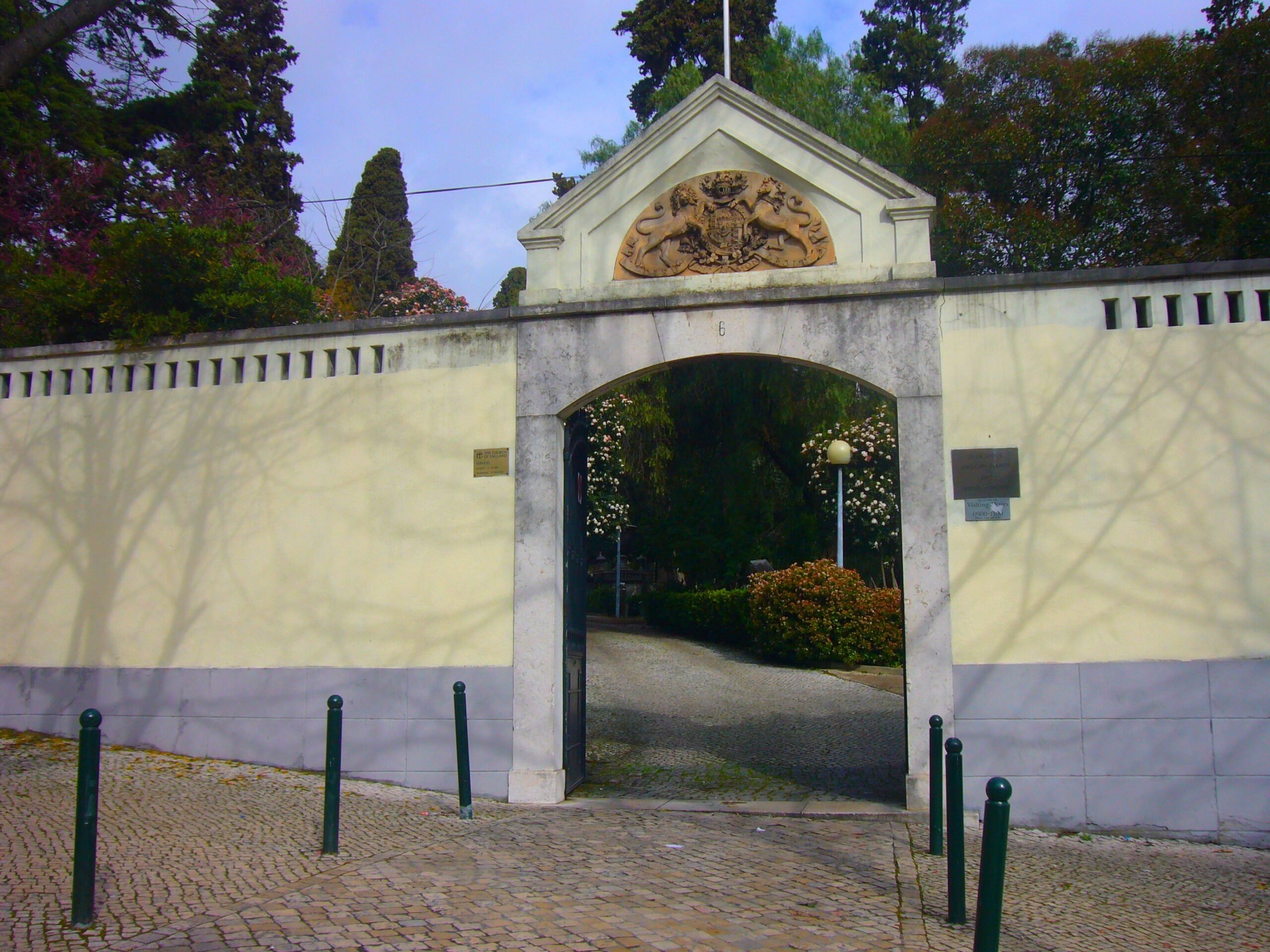
The Port Wine Factory
The British didn’t just drink Port; they helped shape it. During the 18th and 19th centuries, it was British merchants who turned fortified wine into one of Portugal’s most emblematic exports. Strolling through the cellars of Vila Nova de Gaia, you can still see English names stamped on large oak barrels. They also helped to transform the Douro Valley into an export epicenter when British merchants discovered that its arid climate produced robust wines that the market preferred to the harsher wines of the Minho.
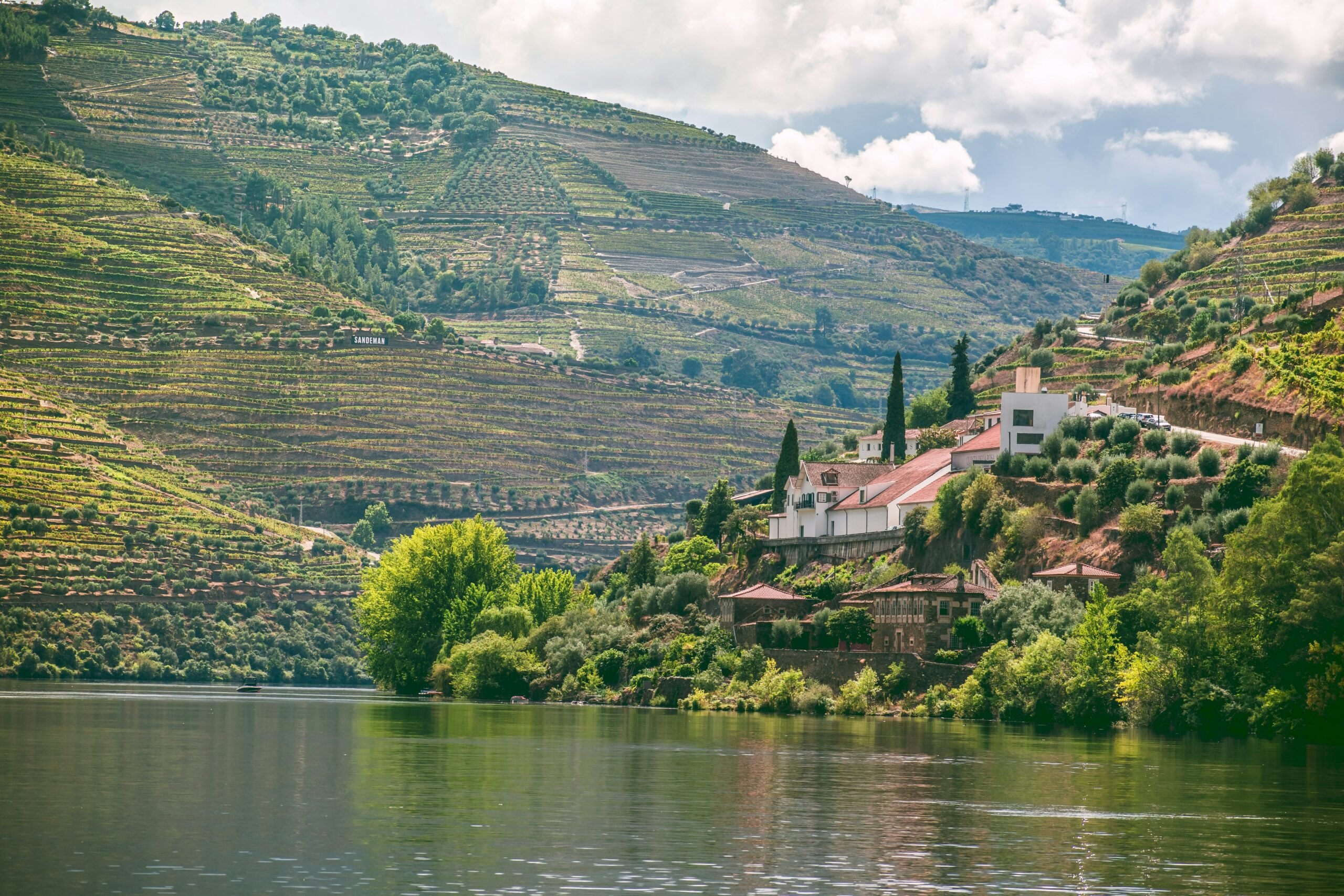
The British Quarter in Porto
In Porto, the British presence isn’t just in the wines. At the end of the 19th century, an English community formed in the city, with its own schools, Anglican churches and social clubs. Today, the influence still persists in streets and buildings in the Ribeira district, which is dotted with warehouses and buildings characteristic of British industrial architecture. Porto also has its own Cemitério dos Ingleses (British Cemetery, 4050-101) adjacent to the Church of St. James (Largo da Maternidade de Júlio Dinis 45). Members of the British community are buried here, and it can be visited on Sundays and Thursdays between 10:00 am and 1:00 pm.
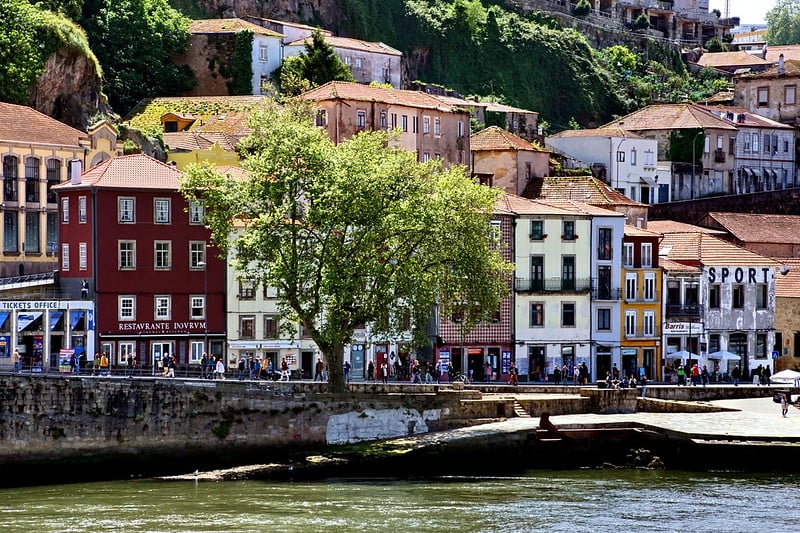
Final Thoughts
The relationship between Portugal and the United Kingdom has survived the storms of time. In modern times, economic cooperation, the presence of thousands of Britons on Portuguese soil and cultural exchange continue to strengthen ties. The alliance, sealed over 600 years ago, lives on, a rare testament to the fact that, in a changing world, some friendships endure.

